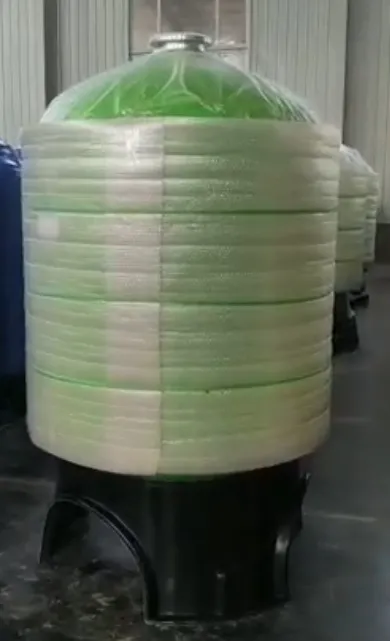loading...
- No. 9, Xingyuan South Street, Dongwaihuan Road, Zaoqiang County, Hengshui, Hebei, China
- admin@zjcomposites.com
- +86 15097380338
- Welcome to visit our website!
Exploring the Significance of GRP Structures in Modern Engineering Applications
Understanding GRP Structures An Overview
Glass Reinforced Plastic (GRP) structures have become increasingly popular in various industries due to their lightweight, high strength, and corrosion-resistant properties. GRP, often referred to as fiberglass, consists of a polymer matrix that is reinforced with glass fibers. This combination results in a composite material that excels in performance and durability, making it ideal for an array of applications.
Properties and Advantages of GRP Structures
1. Lightweight yet Strong One of the primary characteristics of GRP is its impressive strength-to-weight ratio. Unlike traditional materials like steel and concrete, GRP is significantly lighter, which allows for easier handling and installation. This property is particularly beneficial in aerospace, automotive, and marine industries where reducing weight can enhance performance and fuel efficiency.
2. Corrosion Resistance GRP exhibits remarkable resistance to chemical corrosion, making it an excellent choice for environments that may involve exposure to moisture, chemicals, or harsh weather conditions. Structures made from GRP require less maintenance compared to those made from metals, which can rust or corrode over time. This durability translates into long-term cost savings as well.
3. Versatility in Design The manufacture of GRP structures allows for a high degree of customization. GRP can be molded into complex shapes and sizes, facilitating innovative design solutions. This adaptability has led to its use in a variety of applications, from intricate architectural features in buildings to essential components in industrial machinery.
4. Thermal and Electrical Insulation GRP is an excellent insulator, both thermally and electrically. This property is advantageous in applications where temperature regulation is critical, such as in the construction of storage tanks for sensitive chemicals or in the development of electrical enclosures.
Applications of GRP Structures
GRP structures are utilized across numerous sectors, showcasing their versatility and effectiveness.
grp structures

- Construction In the construction industry, GRP is often used for roofing, cladding, and reinforcement of structures. Its lightweight nature reduces the load on the building framework, while its corrosion resistance extends the lifespan of components exposed to the elements.
- Transportation In the automotive and aerospace sectors, GRP is employed in manufacturing parts like body panels, wings, and interior components. The reduction in weight contributes to improved fuel efficiency and enhanced performance.
- Marine GRP is widely used in boat and ship building due to its resistance to seawater corrosion. Hulls made from GRP can withstand the harsh marine environment, offering longevity and reliability.
- Telecommunications GRP is used in the production of poles and enclosures for telecommunications equipment, providing durability and protection against environmental factors.
Future Prospects of GRP Structures
The future of GRP structures looks promising as advancements in manufacturing techniques and material science continue to evolve. Innovations such as improved resin formulations and sustainable production methods are emerging, further enhancing the performance and reducing the environmental impact of GRP products.
Moreover, with the increasing emphasis on sustainability, the potential for recycling GRP materials is gaining attention. Organizations are exploring ways to develop more eco-friendly GRP products, aiming to integrate recycling methods that reduce waste and promote circular economy principles.
Conclusion
In conclusion, Glass Reinforced Plastic structures represent a pivotal development in materials science, offering numerous benefits across various industries. Their lightweight, corrosion-resistant, and versatile nature makes them an ideal choice for modern applications. As technology advances, the potential for GRP structures will likely expand even further, positioning them as a key player in sustainable and innovative design. As industries increasingly recognize the advantages of GRP, it is expected that their use will become even more widespread, shaping the future of construction, transportation, and beyond.
-
The Rise of FRP Profiles: Strong, Lightweight, and Built to LastNewsJul.14,2025
-
SMC Panel Tanks: A Modern Water Storage Solution for All EnvironmentsNewsJul.14,2025
-
GRP Grating: A Modern Solution for Safe and Durable Access SystemsNewsJul.14,2025
-
Galvanized Steel Water Tanks: Durable, Reliable, and Ready for UseNewsJul.14,2025
-
FRP Mini Mesh Grating: The Safer, Smarter Flooring SolutionNewsJul.14,2025
-
Exploring FRP Vessels: Durable Solutions for Modern Fluid HandlingNewsJul.14,2025
-
GRP Structures: The Future of Lightweight, High-Performance EngineeringNewsJun.20,2025
